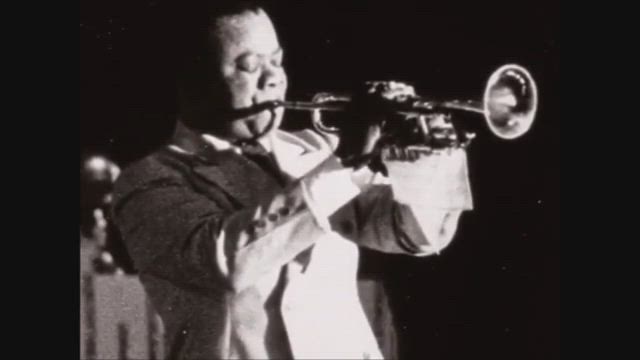

Not only this, but it also tells you which line on the staff indicates a G note. The first reason being, it appears like a fancy cursive letter G. And this name is chosen because of two reasons.

“G clef” is the second name for treble clef. But here in the case of the trumpet, you need to only concentrate on the former concept i.e., the treble clef. We have two types of clefs, namely the treble clef and bass clef. They act as a kind of roadmap or book that indicates which note indicates what. The very first symbol that appears at the very beginning of the staff on a sheet of music is called ‘clef’. Apart from these, there are other symbols too such as “rests,” which indicate periods of the song where you need not play your trumpet. It also tells you about the length of the song and parts of the melody that may get repeated. While noting down, each line or space ascends upwards through the musical alphabet, creating a scale. To accomplish this, you should start at the bottom and work your way up.
#Just the two of us trumpet sheet music how to#
It is very important to learn how to read music on staff before you play any instrument. Note symbols indicate the notes to be played in the composition as they are placed on one of the lines or on between the lines. We have a total of five lines and four spaces present on a musical staff. These rows of lines are called the Staff. You might have observed rows of lines printed on the trumpet sheet music. The next concept is to learn how to read the trumpet music with the help of the musical staff. The symbols used for identifying sharps and flats are “#” and “b”, respectively. Sharps and flats are nothing but the halftones between each note in the scale. The letters begin with A and go up to G i.e., A, B, C, D, E, F and G. In the English language, we learn a total of 26 alphabets, but the musical alphabet only has seven letters. These conventional musical alphabets will let you know which notes to be played in a song. These musical notes comprise a set of assigned letters, which creates a common bridge of musical language that all composers and musicians can understand easily. Then get ready to place your hands on this magical instrument and to play your favorite song super soon! The AlphabetĮvery tone that is produced by a particular instrument is what we call a musical note.

While learning how to read, these fundamental concepts will help you to understand the musical theory of trumpet music. Mentioned below, we have a list of basics that you must know when reading music for trumpet: As in the case of any other musical instrument, you’ll need to learn to read sheet music if you wish to play the trumpet. Because of this, it tends to be a popular choice for playing music in a variety of genres, from marching band and choral music to jazz and swing. It is such an instrument which has got the most versatile range among brass instruments. Historically, the trumpet is a member of the brass family.
#Just the two of us trumpet sheet music series#
Though you’ll find a perfect series of music lessons anywhere on the internet, the corresponding guide enlisted below will help you with the fundamentals of trumpet music.įor beginners as well as for intermediate learners, the trumpet is a perfect instrument. The next step must include understanding the concepts including the staff, treble clef, notes, and time signature. Beginning with, one should conceptualize the musical alphabets by heart. In reality, learning how to read trumpet music isn’t difficult. You need to know what is actually coming out the bell, not just what might be coming out.ĭon’t have any teacher, parent or guardian who can help you with music reading? Worry not! We’ll provide you with the best series of basic concepts essential to building up your foundation. And especially if you are a brass player. It is really important to have a good command of music.


 0 kommentar(er)
0 kommentar(er)
